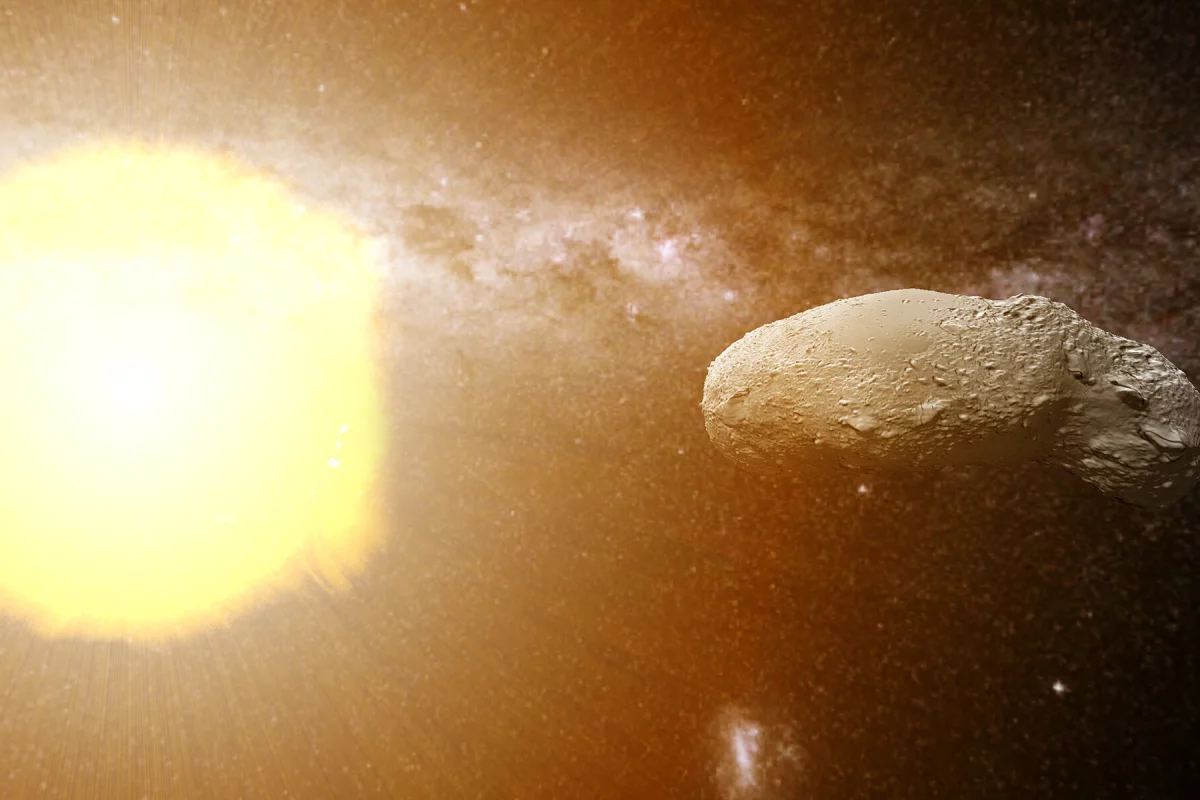Accounting for where all of the Earth's water came from is a longstanding puzzle, but an international team of scientists led by the University of Glasgow has proposed that the Sun may be a major source of our planet's H₂O, by way of hydrogen from the solar winds.
The Earth is the true outlier of the solar system. Unlike all the other small, rocky planets, the Earth's surface is three quarters covered by vast oceans of liquid water. The question is, where did this water come from?
There are a number of theories, but one of the more popular ones is it came to Earth shortly after its formation in the form of a steady rain of C-type or carbonaceous meteorites, which differ from standard meteorites in that they contain the hydrogen and oxygen needed to create water.
It's a hypothesis that dovetails with what we know about such meteorites, but there is a problem. The ratio of the isotopes of hydrogen in carbonaceous meteorites doesn't match those found in terrestrial water very well, so what is the alternative?
"An existing theory is that water was carried to Earth in the final stages of its formation on C-type asteroids, however previous testing of the isotopic 'fingerprint' of these asteroids found they, on average, didn’t match with the water found on Earth meaning there was at least one other unaccounted for source," says University of Curtin Professor Phil Bland, one of the Glasgow team.
"Our research suggests the solar wind created water on the surface of tiny dust grains and this isotopically lighter water likely provided the remainder of the Earth’s water. This new solar wind theory is based on meticulous atom-by-atom analysis of minuscule fragments of an S-type (stony) near-Earth asteroid known as Itokawa, samples of which were collected by the Japanese space probe Hayabusa and returned to Earth in 2010.
"Our world-class atom probe tomography system here at Curtin University allowed us to take an incredibly detailed look inside the first 50 nanometers or so of the surface of Itokawa dust grains, which we found contained enough water that, if scaled up, would amount to about 20 liters (4.4 gal) for every cubic meter of rock."
The research was published in Nature Astronomy.
Source: Curtin University





